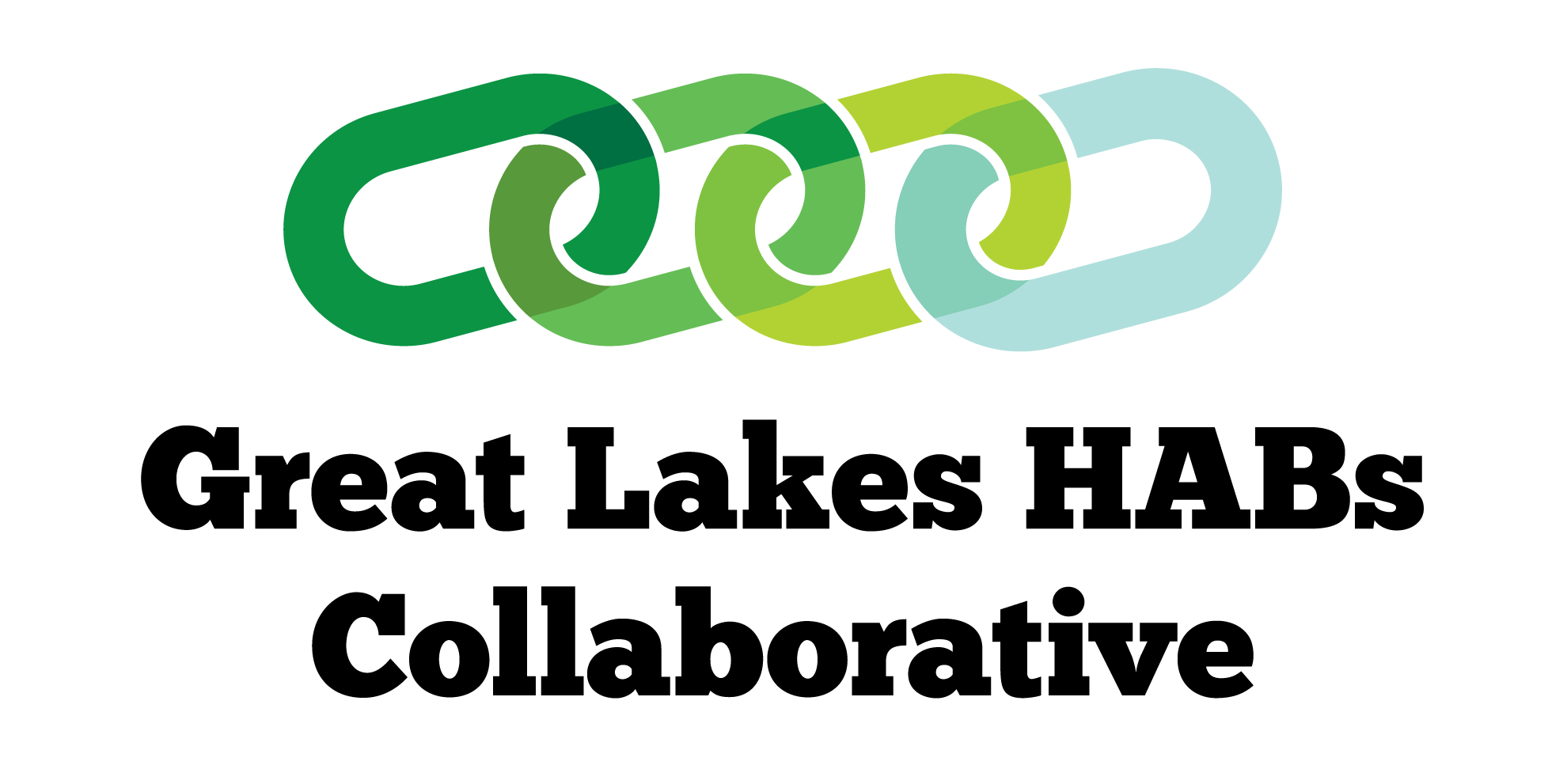HABs Collaborative
Linking Science and Management to Reduce Harmful Algal Blooms

About the HABs Collaborative
The Great Lakes HABs Collaborative seeks to improve communication among scientists, and between scientists and decision-makers, on issues related to Harmful Algal Blooms (HABs) in the Great Lakes. Launched in 2015 by the GLC and the U.S. Geological Survey- Great Lakes Science Center, the HABs Collaborative is working to establish a common agenda on science and management needs to help the region work together to prevent and manage HABs. Watch our video to learn more about the HABs Collaborative.
The HABs Collaborative Research Mapper is a new product currently being beta-tested. The Mapper is intended to help researchers find project collaborators, learn about the current status of projects in the region, and share key findings with the management community. Please consider contributing a research project to the Mapper and share feedback on the functions and utility of this tool. All research projects contributed during the beta-testing phase will be preserved and adapted as needed as suggested improvements are deployed.
The overall goal of the HABs Collaborative is to create a collective laboratory that enables science-based information sharing among scientists, as well as between scientists and decisions makers working on Harmful Algal Blooms (HABs) in the Great Lakes. The HABs Collaborative also provides a network for developing a common knowledge basis of current science and science needs, strategies for transmitting key science to managers, and opportunities getting management feedback on science-based decision support needs.
Nutrient pollution is a serious problem globally and in selected regions of the Great Lakes, where it has manifested as nearshore Harmful Algal Blooms (HABs) and offshore anoxic zone (hypoxia). These impacts are most prominent in the three GLRI “Priority Watersheds”: Lower Fox/Green Bay, Saginaw River/Bay, and Maumee River/Western Lake Erie Basin. HABs management is an example of a complex-system, regional-scale challenge that cannot be addressed by traditional single-agent, single discipline approach.
Connect with the Collaborative!
Want to stay current with all things HABs? Click here to join our listserv and receive updates, calls for the formation of subgroups, and more. The Collaborative uses the listserv as our primary method of communication with members and interested stakeholders. Note: You must be logged in to a Google Account to subscribe. To create a Google Account, click here.
Project Partners
U.S. Geological Survey
Funding
The Great Lakes HABs Collaborative is funded through a cooperative agreement between the Great Lakes Commission and the U.S. Geological Survey – Great Lakes Science Center.
For More Information
Nicole Zacharda
Program Manager • Great Lakes Commission
nzacharda@glc.org
Sign up for our e-newsletter
Get the latest Great Lakes Commission news and events in your inbox!
Sign up for our e-newsletter
Get the latest Great Lakes Commission news and events in your inbox!
